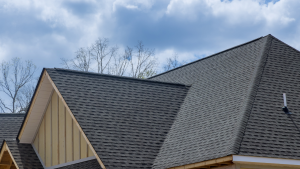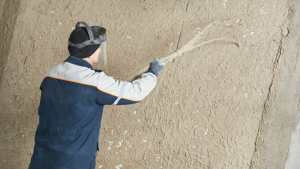One of the most frequent problems that homeowners have is patching stucco. It’s a challenging and drawn-out procedure.
In the article that follows, I go through the principles of restoring stucco.
Step 1: Ascertain if your stucco need patching.
Two cement layers plus a thin sand layer make up stucco. The resulting paste is created by mixing this mixture with water. The mold to which it is applied takes on the shape when it dries.
You’ll need to take off your existing stucco and apply a new coat if it begins to flake off.
You may repair peeling stucco in specific locations without replacing the current stucco.
It is often wise to seek expert advice. if you are unclear if you need to repair your stucco.
Step 2: Remove the old stucco.
In most cases, restoring stucco means removing the old stucco and applying a fresh layer.
This is the most hardest part of the process.
process since it involves removing the old stucco and applying a new layer. This involves the use of multiple cutting tools as well as safety precautions.
Step 3: Apply new stucco.
After removing the old stucco, it’s time to apply a new layer.
Typically, stucco is applied using a trowel. Trowels aren’t the best tool for dealing with stucco, which is a very difficult material to work with.
In other cases, a brush with stiff bristles works well.
If you have a trowel, apply the stucco in the same pattern as the original stucco. However, avoid using a trowel on a wet surface.
Step 4: Stucco should be repaired around the entryway.
During the repair process, it’s essential to keep an eye out for any possible door damage.
This may be accomplished by using the new stucco around the walls and entryway while leaving a small area unfinished around the door.
After the newly applied stucco has dry, The little part at the entrance may be repaired.
Step 6: Put more sealant on.
After you’ve removed all of the dust and grime, reapply the sealer.
Most sealants need to be reapplied after a few weeks or months..
Step 7: If required, reapply the paint.
It is critical to ensure that the paint does not peel off the walls throughout the painting process.
Use a little amount of paint sealant to stop paint from flaking off the walls.
Additionally, you might apply a thin layer of paint on the wall. The wall must be completely dry for this to be feasible, however.
Step 8: Reapply the caulking.
If the roof leaks, it is critical that it is not harmed.
Roof caulking may be used to keep water out of the walls and ceilings.
Caulking may be readily applied with a caulking gun and comes in a variety of colors.
Step 9: clean up
You may clean up after applying the caulking.
Use a large brush to remove all of the dirt and debris. Any remaining dust may then be wiped away using a damp cloth.
A vacuum cleaner may also be used to remove loose dust and dirt.




